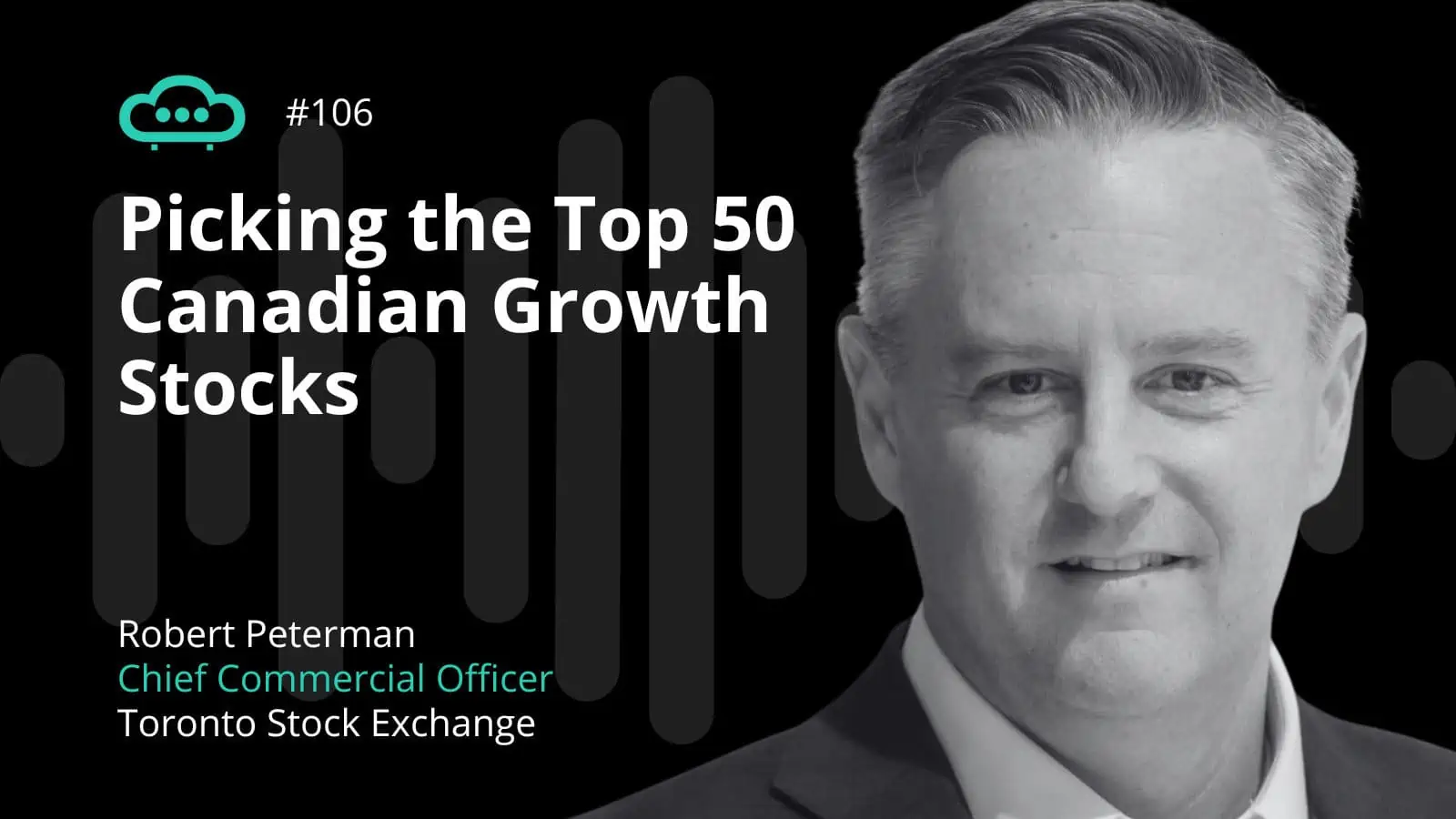A new academic paper published by Sida Li, a PhD candidate at the University of Illinois, has highlighted the opportunity many traders have been exploiting to front run ETF rebalancing. ETFs represent a considerable chunk of overall market shareholdings, but most of these funds are passive, and rebalance their holdings in line with changes to index composition.
Because indices follow a strict methodology, a gap exists between the announcement of changes to the indexes and the rebalancing of the ETFs that currently track them. ETF funds are obliged to buy and sell shares in the market off the back of these changes.
With enough ETFs buying and selling shares in the market at the same time, a trading opportunity has been created. What’s more, US-listed ETFs pre-announce their rebalancing and tend to execute at 4pm closing prices in an effort to minimise tracking error.
ETF rebalancing can have a big impact on stock prices
The research indicates that stock prices can be considerably influenced on the back of this activity. Li estimates that shares can rise by 67 basis points in the five trading days ahead of a rebalance. They then fall by on average 20bps over the next 20 trading sessions.
This obviously does not apply to all ETFs – more fund managers are now launching opaque ETFs or using proprietary in-house indexes which makes it harder to external traders to gauge when the ETF will re-balance.
It does remain tough to strip out just how much of an impact front running trader activity is having on stock prices in this context.
Trader activity is likely costing investors in ETFs
Concerns obviously exist over what this is doing in terms of extra costs for the investors in ETFs. Over the long term, this can be quite high, even for a modest portfolio investing in ETFs. One strategy which managers may start to embrace is staggering the rebalancing of ETF portfolios so that they become less predictable for market participants, removing that risk of concentrated trades hitting the market at the same time.
Some index providers are starting to stagger the rebalancing of indexes – e.g. with only a small portion of the index being assessed every month. Another possible strategy here is ‘packeting’ which allows the index to include partial exposure to stocks that are potentially going to be included in that index in the future.
Market opportunity likely to stick around for a while
The opportunity for traders is likely to stick around for a while yet. According to Bank of America Merrill Lynch, passive index tracking funds now account for over 45% of the US stock market alone. This replaces a 3:1 advantage that active US equity funds had over passive in 2009. A similar trend is being seen in the fixed income space, with passive funds now accounting for 25% of the massive US bond market.
This level of market dominance looks set to increase. While average gains in the stocks being acquired at rebalancing looks small, traders using leveraged strategies – e.g. with CFDs – are obviously exploiting this high level of predictability by some of the biggest movers in the market.
The full copy of the research is available for download from SSRN.












